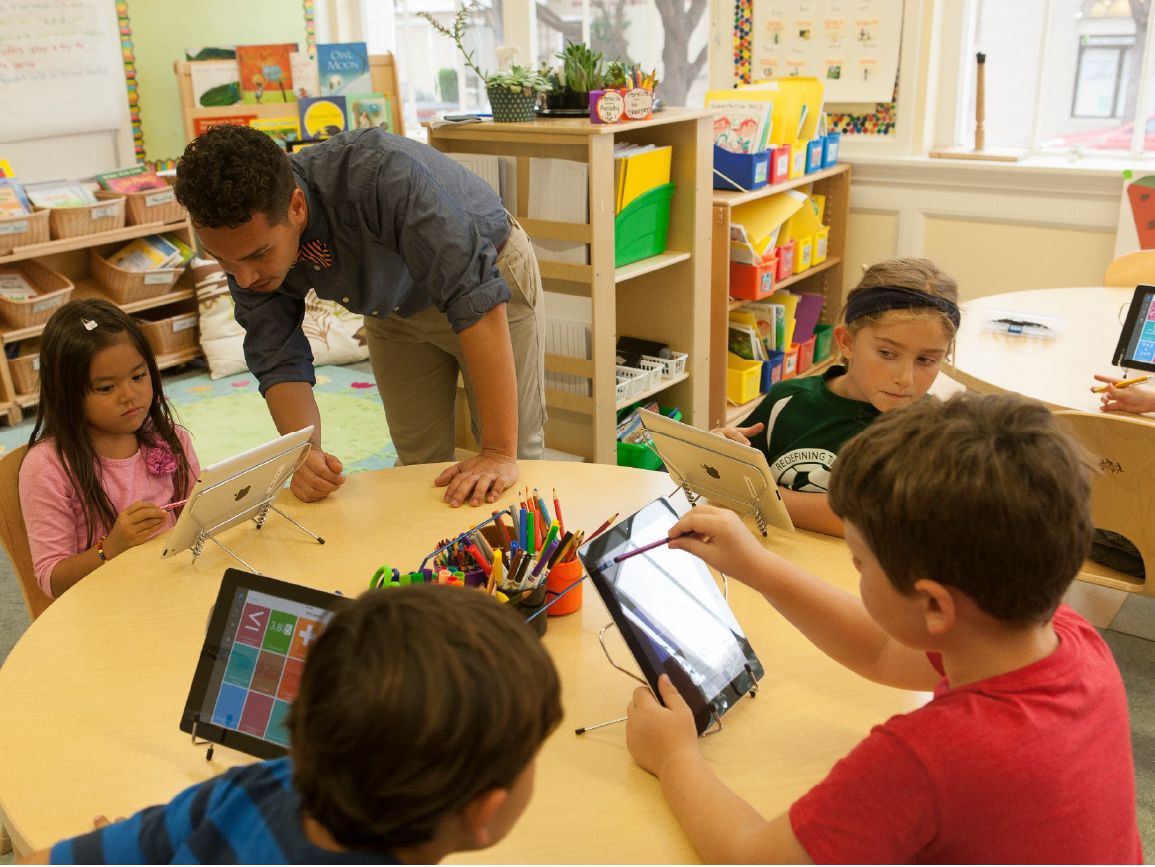Screens are a ubiquitous part of our lives and Americans are spending more time on screens than ever before. Young children observe adults continually checking their smartphones and grow up knowing how to swipe a screen before they say their first sentence.
The American Academy of Pediatrics (AAP) provides health and safety tips regarding screen time for kids. They recommend that screens should be avoided for all children 18 months and younger, other than when used for video chat with relatives, e.g. using Facetime to call the grandparents. This recommendation stems from research on brain, language, social, and emotional development. Young children who spend a significant amount of time watching a screen are missing out on critical opportunities to play and interact with the world, which is how children learn.
Deciding when to introduce digital media and screens to your child is a personal preference. The following are tips and recommendations for helping young children maintain a healthy relationship with screens:
Set Limits
Decide with your co-parent and other caregivers what daily amount of screen time is best for your child — and then follow through. Consider using a visual timer to uphold time limits. Also consider setting limits around screen-free zones of the house or times of the day. For example, you can decide that screen usage is not allowed in bedrooms or during dinnertime. Be a role model for adherence to these limits as children often look to parents as an example.
Choose Intentionally
Research shows that active digital experiences are more beneficial to development than using media as a passive activity (just watching), especially for young children. The best use of digital devices allows children to use them as a tool, rather than to merely consume pre-created material. Video calling, as mentioned above, is highly interactive and creates opportunity for language and social development. Choose games or apps that promote creativity and learning, where children can research, collaborate, organize information, and find new solutions by themselves.
Make It Social
Remember that the best digital experiences happen when integrated with social relationships rather than used as a solo experience. You can make a passive screen time experience more meaningful by asking questions before, during, or after, such as: “What do you love about this show?” “Which character would you be friends with and why?” or “What was your favorite part?”
As always, online safety and careful supervision of screen time for children is of the utmost importance. To help maximize the positive impacts of digital media for your family, check out the following additional resources:
Common Sense Media
AAP Family Media Plan



